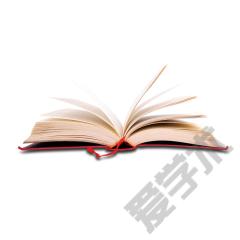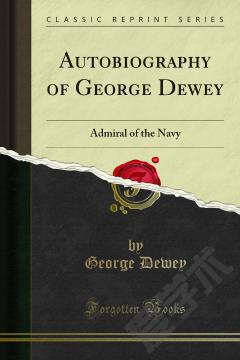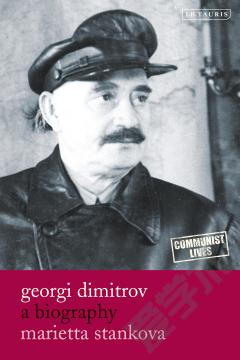Autobiography of Sir George Biddell Airy
Preface 1. Personal sketch of George Biddell Airy 2. From his birth to his taking his B.A. degree 3. At Trinity College, Cambridge 4. At Cambridge Observatory 5. At Greenwich Observatory, 1836-1846 6. At Greenwich Observatory, 1846-1856 7. At Greenwich Observatory, 1856-1866 8. At Greenwich Observatory, 1866-1876 9. At Greenwich Observatory to his resignation in 1881 10. At the White House, Greewich, to his death Appendix: List of printed papers Index.
{{comment.content}}








 京公网安备 11010802027623号
京公网安备 11010802027623号